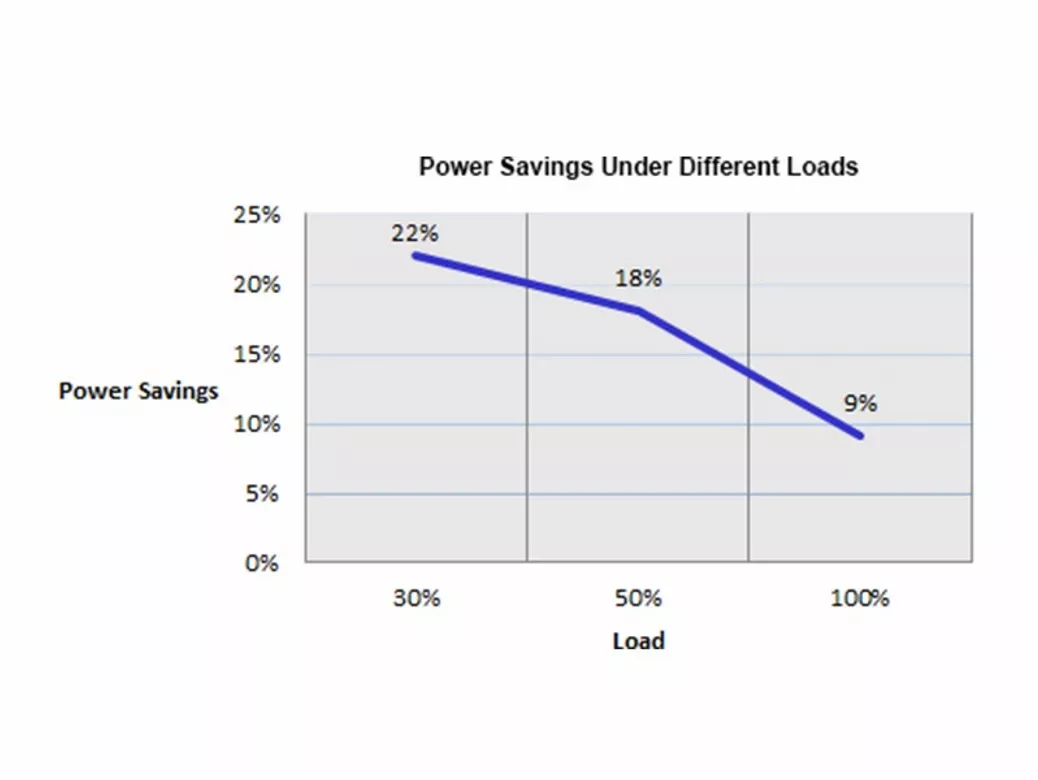Gigabyte - Open Compute Project

What is the Open Compute Project?
The Open Compute Project (OCP) is an initiative that has been launched in 2011 by Facebook with the purpose to design and share innovative specifications for better datacenters. Part of this initiative has been a set of standards released by the members of the OCP, called the Open Rack Standards, that contain design guidelines and specifications in order to create more efficient, flexible, and scalable datacenter hardware. There have been several versions of the Open Rack Standards released since 2011, the latest being Version 2.0.

What is RACKLUTION-OP?
RACKLUTION-OP is the name for GIGABYTE’s server product line based on the Open Compute Project’s Open Rack Standards. GIGABYTE has released two versions of RACKLUTION-OP products – Version 1.0 and Version 2.0, that correspond with Version 1.0 or Version 2.0 of the Open Rack Standards. The most important change for RACKLUTION-OP from Version 1.0 to Version 2.0 has been the change from a triple bus-bar power distribution system (Version 1.0) to a single bus-bar system (Version 2.0). Both systems will continue to co-exist with each other, and customers can choose the design version based on their preference and requirements.
What are the Advantages of RACKLUTION-OP?
A Modular Design
Unlike the traditional approach where each system fitted into the rack is a full featured server, with GIGABYTE RACKLUTION-OP the redundant functions between all the different rack-mount systems are removed and consolidated into the rack itself. This leaves primary rack-mounts that serve a main function only, such as pure computing, storage, or computing/storage hybrids, and support modules providing the previously redundant functions. Those support modules are all located at the rear of the rack.
Excellence in Power Efficiency
Thanks to the consolidation of the rack power supply module that is cooled and managed more efficiently than individual power supplies integrated into each rack-mount, the total energy consumption of RACKLUTION-OP is significantly lower than a traditional rack.The table below shows the average power savings realized with GIGABYTE RACKLUTION-OP compared to a comparable traditional rack fitted with 1U rack-mounts, both equipped with Intel Xeon E5-2600 processors: Achieved through a real-time on-demand power delivery adjusted to each individual rack-mount, these power savings numbers make particular sense in many cloud applications where the resource demand fluctuations seldom lead to loadings above 50%. Yet in case of peak demands, GIGABYTE RACKLUTION-OP is still capable of delivering significant energy savings of nearly 10% compared to traditional racks.
High Node Density
As mentioned above, all the power supply, cooling, switching and monitoring devices disappear from the rack-mounts, and in this way their capacity can be fully available to accommodate hardware serving their primary function. The space efficiency is therefore greatly increased within the nodes, without decreasing their actual dimension compared to traditional racks.
Scalability
With its fully modular design, GIGABYTE RACKLUTION-OP is also ready for the growth and evolution of the datacenter. Each module is available individually and can be ordered later in time to add capacity to existing infrastructure. With such flexibility, our customers can setup a configuration matching the current needs of their applications, and as time passes they are able to complete, scale and upgrade their data center as the demand for their service develops.
Easy Assembly and Handling
Once again, it is thanks to its modular design that GIGABYTE RACKLUTION-OP can be easily assembled and handled. All the modules can be handled by a single operator, without the help of elevating tools usually required for 2U or thicker rack-mounts. Moreover, each module is designed with as few screws as possible, and all of them are easily swappable for the smoothest daily handling possible.